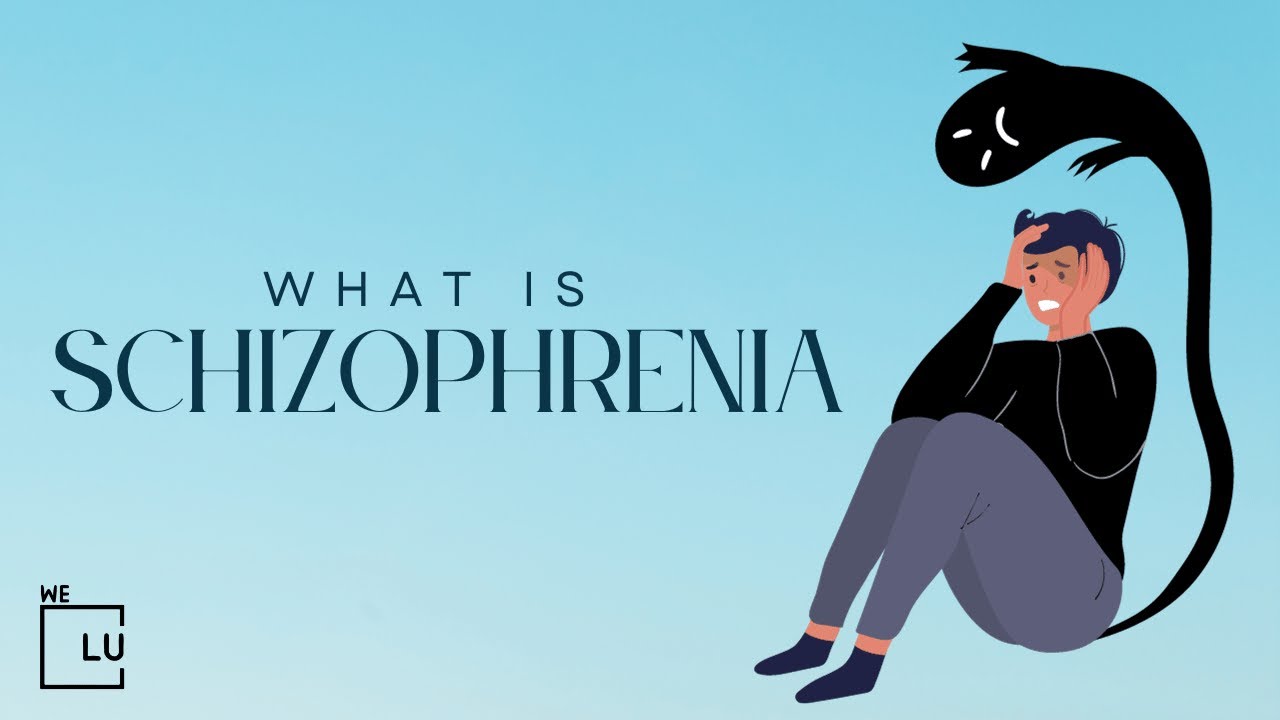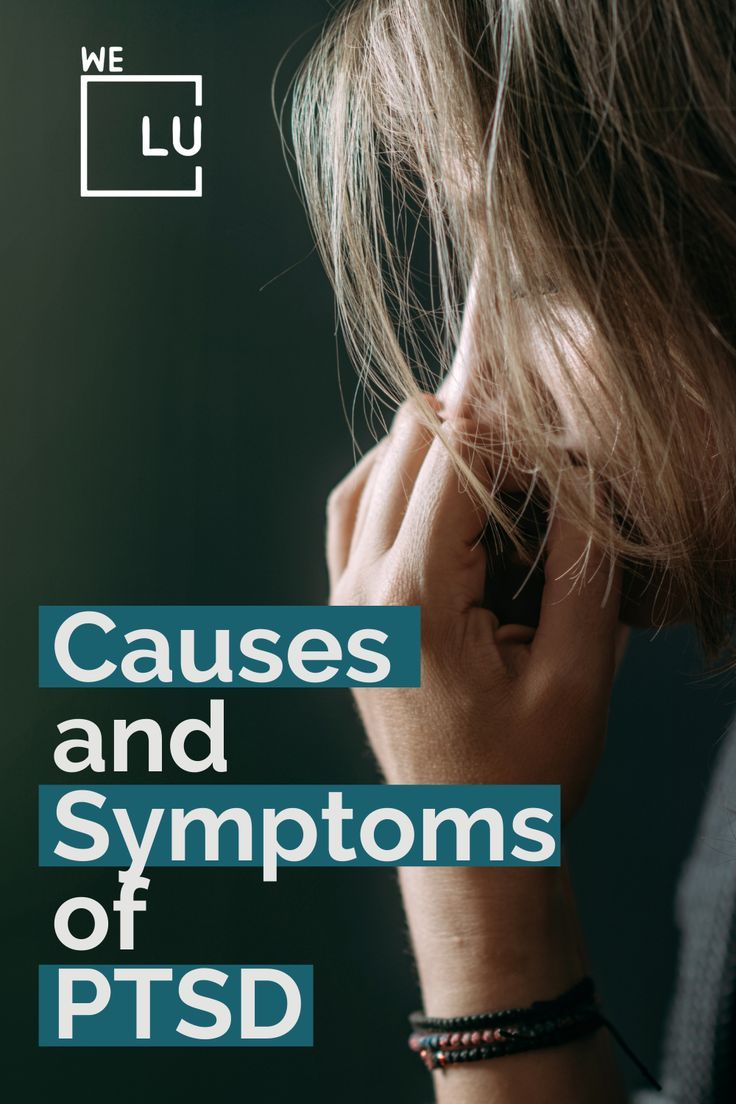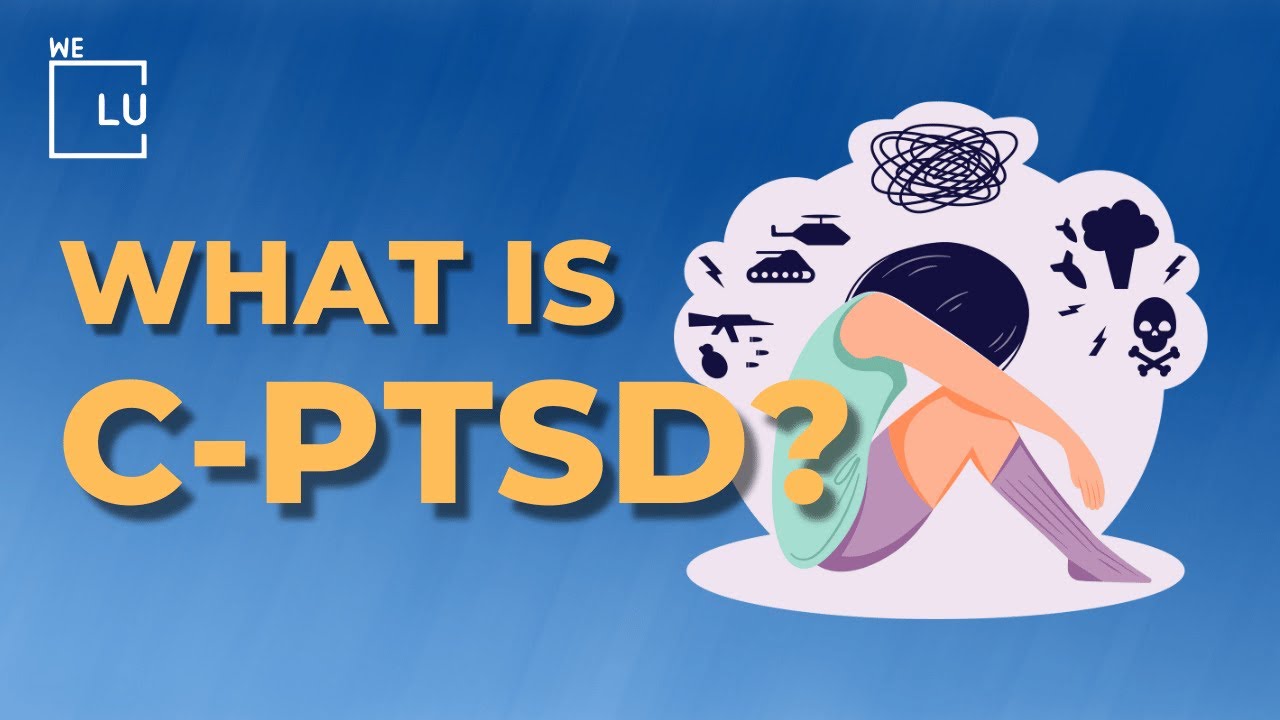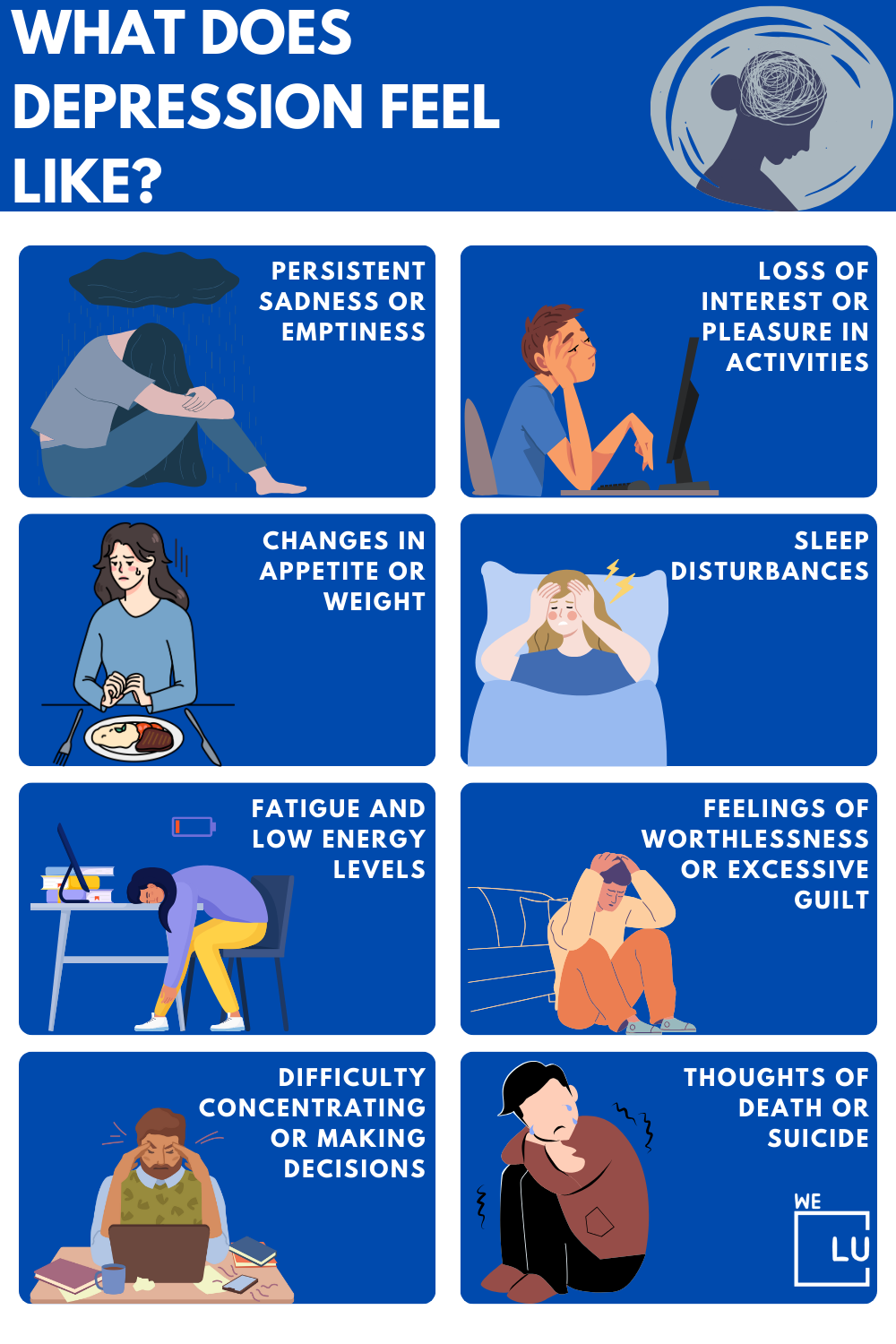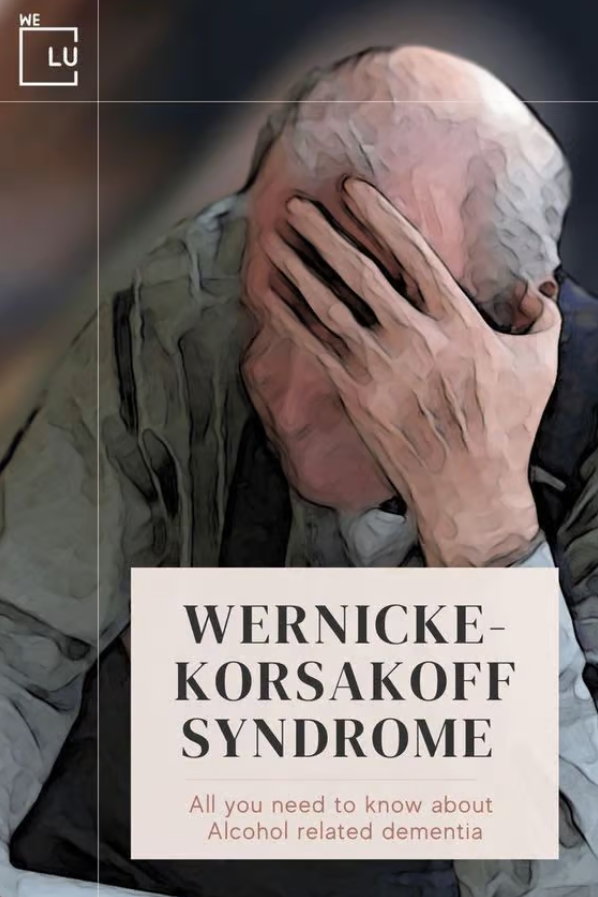Breaking the Stigma of Bipolar Symptoms in Men
As more people learn about bipolar disorder and see it as a mental disorder that affects many people, an interesting contrast becomes apparent. Society has become more accepting of this condition, which used to be called manic depression, and knows that people who have it need treatment to live a normal life.
In patriarchal countries like the US, traits like self-control and emotional regulation are still seen as very masculine. Stereotypes about men and women make it hard to see the signs. Bipolar disorder and other mental illnesses make it so that people who have them are often left out of society.
A lot of research has been done on the link between bipolar disorder and quality of life, and all of it has shown that people with bipolar have a much lower quality of life. This leads to rejection and shame, making it harder to get better and fit in with society. One very effective way to fight this kind of abuse and stigma is to get people with bipolar disorder to talk about their own experiences and stories.
Unfortunately, this bias in society means that men are more likely to be wrongly diagnosed or, even worse, less likely to realize that they have a disorder. Understanding that the signs of bipolar illness are different in men and women is very important.
How Does Bipolar Disorder in Men Differ from Women?
Extreme mood swings are a sign of bipolar disorder. Both men and women can have it, but study has shown that how it shows up can be different for men and women. Men and women with bipolar disorder show their symptoms in very different ways, but the main symptoms stay the same. You must understand these differences to get a correct diagnosis and good care. When it comes to bipolar disorder signs, men and women are different in a few critical ways:
| Symptom/Aspect | Men with Bipolar Disorder | Women with Bipolar Disorder |
|---|---|---|
| Age of Onset | Earlier onset | Slightly later onset |
| Manic Episodes | More frequent, severe | Less frequent, less severe |
| Aggression/Irritability | Common during manic episodes | May exhibit less aggression |
| Depressive Episodes | Shorter, intense episodes | Longer durations of depression |
| Seasonal Patterns | Spring peak for manic episodes | Rapid cycling between mood states |
| Co-Occurring Disorders | Substance use disorders more common | Higher rates of eating disorders |
| Suicide Rates | Higher rate of completed suicides | Lower rate of completed suicides |
| Diagnosis Challenges | Risk of misdiagnosis with ADHD or substance abuse | Risk of misdiagnosis with unipolar depression or anxiety disorders |
| Treatment Response | Treatment response may vary | Treatment response may vary |
Common Symptoms of Bipolar Disorder in Men
Because bipolar disorder can show up differently in men and women, it’s essential to know how to spot and understand these signs and symptoms. Men with bipolar disorder often don’t get diagnosed or treated right away, so spreading awareness is very important. Like many other mental health problems, bipolar disorder needs to be managed well by getting help early and in the right way.
Bipolar Mania Symptoms in Men
Men often have more intense manic episodes with extreme highs, sudden bursts of energy that can’t be explained, and a decreased need to sleep. On the other hand, women with bipolar disorder are more likely to have depressive episodes. Men’s manic or hypomanic episodes can last anywhere from a few days to a few months at a time, and they can sometimes lose touch with reality. Men who are manic also tend to act more aggressively during these moments.
Common bipolar symptoms in men during manic episodes include:
- Profound happiness.
- Rapid speech.
- Racing thoughts.
- Short temper.
- Excessive irritability.
- Inflated self-esteem.
- Impaired judgment.
- Reckless or aggressive behavior.
Bipolar Depression Symptoms in Men
During depressive episodes or depressive symptoms related to bipolar disorder, men tend to display more anger and irritability than women. Given that society often associates aggression with males, violent behavior stemming from bipolar disorder may initially be perceived as acceptable. Consequently, a diagnosis of bipolar depression might be delayed or overlooked. Distinguishing between bipolar disorder and unipolar depression can be challenging without proper assessment because of the nature of depressive episodes.
Common bipolar symptoms in men during depressive episodes include:
- Feelings of sadness or hopelessness.
- Changes in appetite, either overeating or undereating.
- Persistent loneliness and social withdrawal.
- Difficulty concentrating.
- Excessive sleep or insomnia.
- Increased risk of substance abuse.
- Suicidal thoughts.
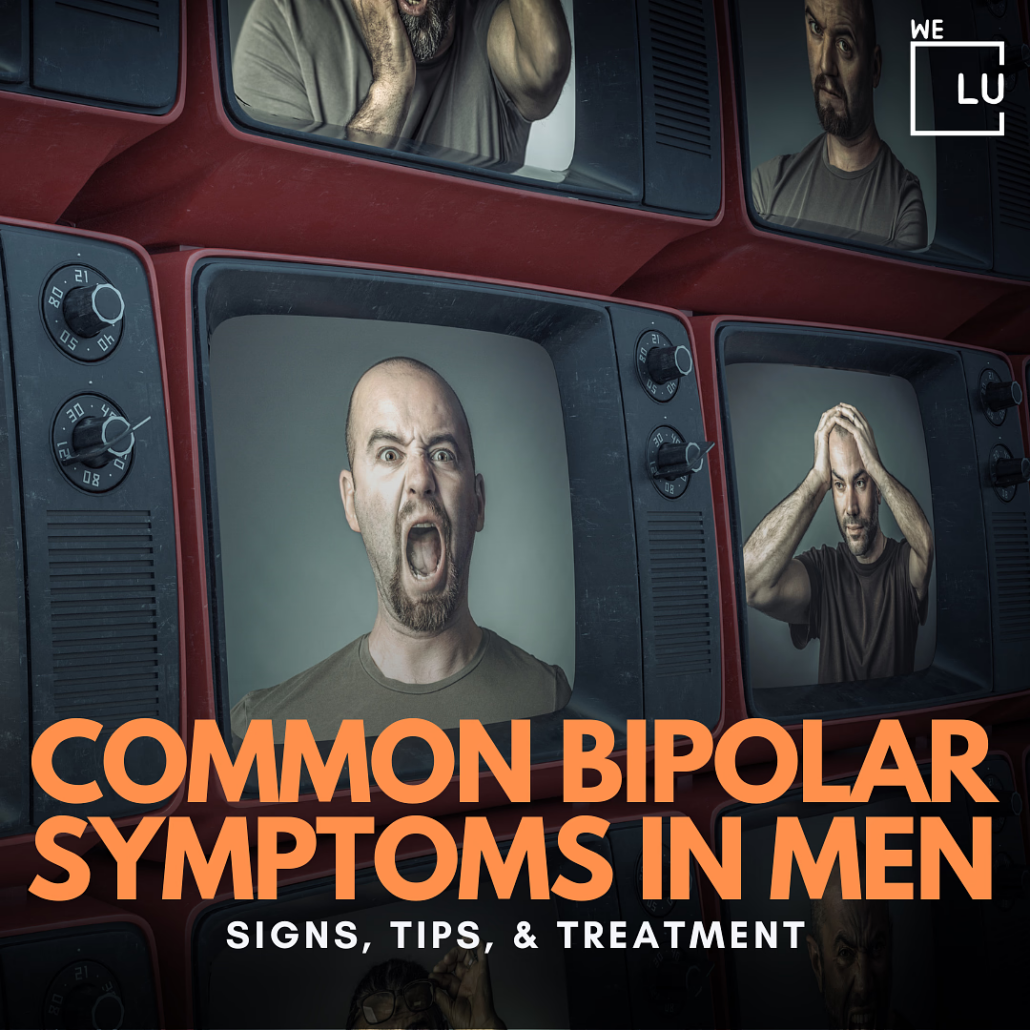
Skip To:
Learn More:
- Schizoaffective Disorder Bipolar Type, Symptoms, and Diagnosis
- Arguing with a Bipolar Person, 10 Tips for Effective Communication
- Bipolar Disorder Medication, 8 Side Effects, and Effective Treatment
- BPD vs Bipolar. Symptoms, Causes & Treatments
- Lithium for Bipolar Disorder, Understanding Side Effects and Potential Risks
- Bipolar Disorder Therapies. Different Types of Effective Therapy for Bipolar Disorder
- ADHD and Bipolar Disorder Guide. ADHD Vs.Bipolar. Bipolar and ADHD Symptoms. Bipolar Vs.ADHD Diagnosis. ADHD Bipolar Treatments.
- Understanding Rapid Cycling Bipolar Disorder. Symptoms and Effective Treatments.
- Is Bipolar a Disability? Can You Get Disability For Bipolar Disorder? 5 Tips, Eligibility, and How to Claim Disability. Discover Bipolar Disability Benefits
- 4 Main Types of Bipolar Disorder, Symptoms, Causes, Diagnosis & Mental Health Treatment
Get Help. Get Better. Get Your Life Back.
Searching for Accredited Dual Diagnosis Mental Health Centers Near You?
Even if therapy failed previously, or are in the middle of a difficult crisis, we stand ready to support you. Our trusted behavioral health specialists will not give up on you. When you feel ready or just want someone to speak to about counseling alternatives to change your life call us. Even if we cannot assist you, we will lead you to wherever you can get support. There is no obligation. Call our hotline today.
FREE 24/7 Dual Diagnosis Mental Health Services HotlineObservable Signs of Bipolar Disorder in Men
If you’ve ever spent time with a friend, family member, or loved one and wondered about their mental well-being, you’re not alone. Sometimes, it’s the subtle cues and observable actions that prompt us to pay closer attention. Just like noticing when someone’s eyes light up at a joke or when they withdraw into their thoughts, identifying signs of bipolar disorder in men can be a personal journey. These observable indicators and behaviors often provide essential clues for those who care.
- Erratic Behavior: Men with bipolar disorder may display unpredictable and impulsive actions, which can raise concerns among family and friends.
- Extreme Mood Swings: Others might observe dramatic shifts in mood, from extreme highs to deep lows, in men with bipolar disorder.
- Aggression: Increased irritability and a tendency toward aggressive outbursts can be noticeable signs in men during manic or depressive episodes.
- Impaired Judgment: People close to men with bipolar disorder may notice instances of poor decision-making or risky behavior.
- Social Isolation: Affected individuals may withdraw from social interactions or isolate themselves from friends and family during depressive episodes.
How Might Bipolar Symptoms Influence Everyday Life?
Bipolar disorder can present challenges that disrupt daily life if not properly managed. These challenges include difficulties in meeting responsibilities, which can lead to job or academic issues, struggles in self-care and caring for dependents, challenges in managing finances that may result in financial problems, difficulties in maintaining friendships and social connections, and the potential development of dysfunctional family relationships, which can affect both the individual and their loved ones.
Are you a guy who’s been experiencing mood swings, intense highs, and lows, or other signs that make you wonder if you might have bipolar disorder? Recognizing these signs and addressing them is crucial for your well-being. To gain more clarity, you can take a simple and confidential test designed to assess your potential risk for bipolar disorder. This test can be a valuable first step toward understanding your mental health.
First-class Facilities & Amenities
World-class High-Quality Mental Health Services & Behavioral Health Substance Abuse Treatment
Rehab Centers TourRenowned Mental Health Centers. Serene Private Facilities. Inpatient Rehab Programs Vary.
Mental Health Helpline (855) 940-6125Proven recovery success experience, backed by a Team w/ History of:
15+
Years of Unified Experience
100s
5-Star Reviews Across Our Centers
10K
Recovery Successes
- Comprehensive Dual-Diagnosis Treatment
- Complimentary Family & Alumni Programs
- Coaching, Recovery & Development Events
- Comfortable Onsite Medical Detox Center
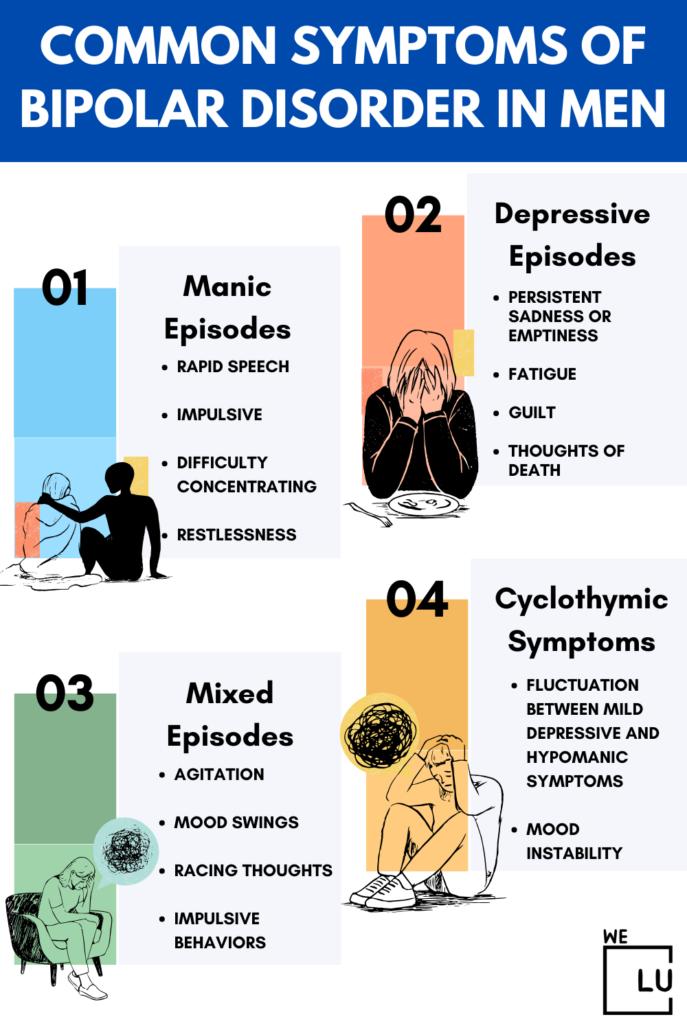
How to Deal with Bipolar in Men
When it comes to talking about a mental illness like bipolar disorder, guys may be more sensitive than women. Their feelings and experiences must be acknowledged. Whether you’re dating someone with bipolar disorder, have seen mood-related signs in a family member, or are worried about a man in your life who might have bipolar disorder but isn’t getting treatment, the first step is often to talk to them about it.
If you’ve seen common bipolar symptoms in men, here’s a thoughtful way to bring up the subject:
- Make sure they have privacy first. This shows that you value their personal space and will encourage them to open up if they want to.
- To start the talk, let them know that you care about them and are concerned about their well-being.
- Even though it might be hard, try to stay calm and collected during the talk to keep things from worsening.
- Don’t write down actions that bother you or aren’t consistent. Avoid being too aggressive to keep people from getting defensive.
- Assure them that you know these signs may be out of their control.
- Make it clear that you’re there to help them get the help they need and that many mental health problems can be treated.
The Relevance of Age on Bipolar Disorder Symptoms in Men
Most people with bipolar disorder start showing symptoms around age 25, but it can happen earlier or later, even in middle age. The numbers of men and women stay the same across all age groups. There are, however, differences in how bad the symptoms are for teens and adults with bipolar disorder.
Teenagers’ behavior is more likely to change without warning. Compared to adults, who tend to stay in one mood for an extended time, kids go from excitement to sadness more quickly. So, age, not gender or the number of people who have the problem, is the main factor affecting how quickly it worsens.
World-class, Accredited, 5-Star Reviewed, Effective Mental Health Dual Diagnosis Programs. Complete Integrated Inpatient Rehab with Free Post Discharge Therapy Planning.
CALL (855) 940-6125End the Emotional Pain Rollercoaster. Gain Stability & Happiness Through Recovery Treatment. Start Mental Health Counseling Today. Get Free No-obligation Guidance by Behaviroal Health Specialists Who Understand Mental Health Recovery.
Treatment of Bipolar Symptoms in Men
Seeking treatment for bipolar disorder in men is a crucial step toward managing this lifelong mood disorder effectively. The journey towards a balanced life may pose challenges, requiring patience and perseverance to establish the most suitable treatment plan.
The initial and essential step involves receiving a bipolar disorder diagnosis, which acts as a foundation for appropriate treatment. Consistency in treatment is vital, as some men may be tempted to discontinue it once they start feeling better. Building a solid support system is often crucial to managing bipolar disorder successfully.
Several treatment options are available:
- Talk Therapy: Psychotherapy methods such as family-focused therapy and cognitive behavioral therapy (CBT) can be effective in managing bipolar disorder.
- Medications: Medications like antipsychotics and mood stabilizers are commonly used to treat bipolar disorder. Sometimes, antidepressants are prescribed with caution due to their potential to trigger manic episodes.
- Self-Help and Self-Management: Integrating self-help techniques and strategies into daily life can be beneficial. Mindfulness meditation, yoga, a balanced diet, regular exercise, and proper sleep are essential for maintaining emotional well-being. Additionally, education helps individuals recognize early signs of mood episodes, allowing for timely intervention.
Experience Transformative Recovery at the We Level Up Treatment Center.
See our authentic success stories. Get inspired. Get the help you deserve.



Start a New Life
Begin with a free call to a behavioral health treatment advisor. Learn more about our dual-diagnosis programs. The We Level Up treatment center network delivers recovery programs that vary by each treatment facility. Call to learn more.
- Personalized Care
- Caring Accountable Staff
- World-class Amenities
- Licensed & Accredited
- Renowned w/ 5-Star Reviews
We’ll Call You
Popular Bipolar Symptoms in Men FAQs
-
Can bipolar symptoms in men impact relationships?
Yes, bipolar symptoms in men can impact their relationships. Mood swings, erratic behavior, and emotional intensity can pose challenges for both the individual with bipolar disorder and their partner. Open communication, understanding, and support from both sides are crucial in navigating these challenges and maintaining a healthy relationship. Seeking therapy or couples counseling can also be beneficial in addressing relationship issues associated with bipolar symptoms in men.
-
How do bipolar symptoms in men differ from those in women?
While bipolar disorder affects both men and women, there can be differences in symptom presentation. Men may experience more frequent and severe manic episodes compared to women. They may also exhibit higher rates of irritability, aggression, and risk-taking behaviors during both manic and depressive phases. However, it is important to note that symptoms can vary widely among individuals regardless of gender.
-
What are the most common bipolar symptoms in men?
The most common bipolar symptoms in men include intense mood swings, heightened energy levels, racing thoughts, impulsivity, inflated self-esteem, and depressive episodes marked by persistent sadness and loss of interest.
8 Steps & Tips for Maintaining Your Mental Wellbeing Informative Video
Search We Level Up FL Common Bipolar Symptoms in Men, Signs, Tips, & Treatment Resources
Sources
- National Alliance on Mental Illness. Bipolar Disorder. 2018. Web. 10 Sept. 2018. https://www.nami.org/Learn-More/Mental-Health-Conditions/Bipolar-Disorder
- Pipich, Michael G. Owning Bipolar: How Patients and Families Can Take Control of Bipolar Disorder. Citadel Press, 2018.
- Sweet, Holy B. Gender in the Therapy Hour: Voices of Women Clinicians Working with Men. Routledge, 2012.
- American Psychiatric Association. (2013). Diagnostic and statistical manual on mental disorders (5th ed.). Arlington, VA: American Psychiatric Association.
- Bipolar disorder. (n.d.).
https://www.nimh.nih.gov/health/statistics/bipolar-disorder - Bipolar disorder. (2022).
https://www.nimh.nih.gov/health/topics/bipolar-disorder - Bipolar disorder in children and teens. (2020).
https://www.nimh.nih.gov/health/publications/bipolar-disorder-in-children-and-teens - Fornaro M, et al. (2016). The prevalence and predictors of bipolar and borderline personality disorders comorbidity: Systematic review and meta-analysis.
https://www.sciencedirect.com/science/article/abs/pii/S016503271531291X?via%3Dihub - Jain A, et al. (2022). Bipolar affective disorder.
https://www.ncbi.nlm.nih.gov/books/NBK558998/ - Moot W, et al. (2021). Functional and mood outcomes in bipolar disorder patients with and without substance use disorders undergoing psychotherapy.
https://www.frontiersin.org/articles/10.3389/fpsyt.2021.661458/full - Partial S. (2015). Bipolar disorder in women.
https://journals.lww.com/indianjpsychiatry/Fulltext/2015/57002/Bipolar_disorder_in_women.11.aspx - Rolin D et al. (2020). Is it depression or bipolar depression?
https://journals.lww.com/jaanp/Fulltext/2020/10000/Is_it_depression_or_is_it_bipolar_depression_.12.aspx

